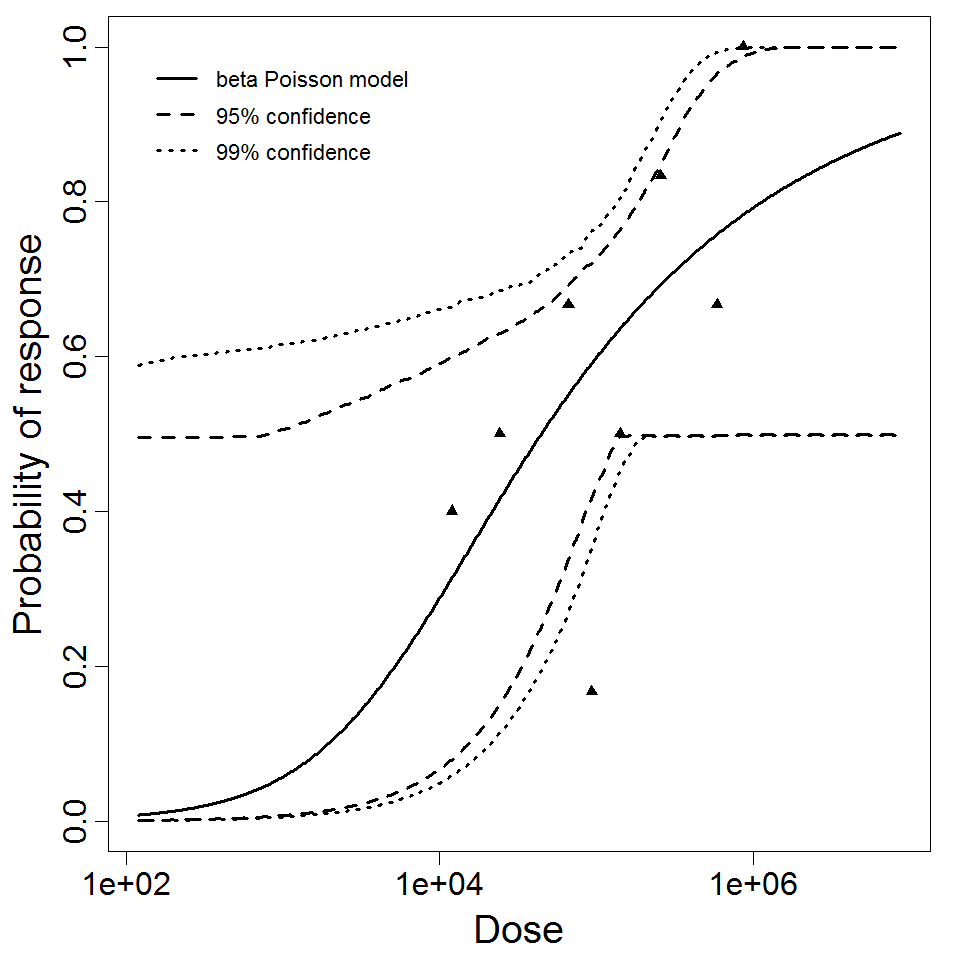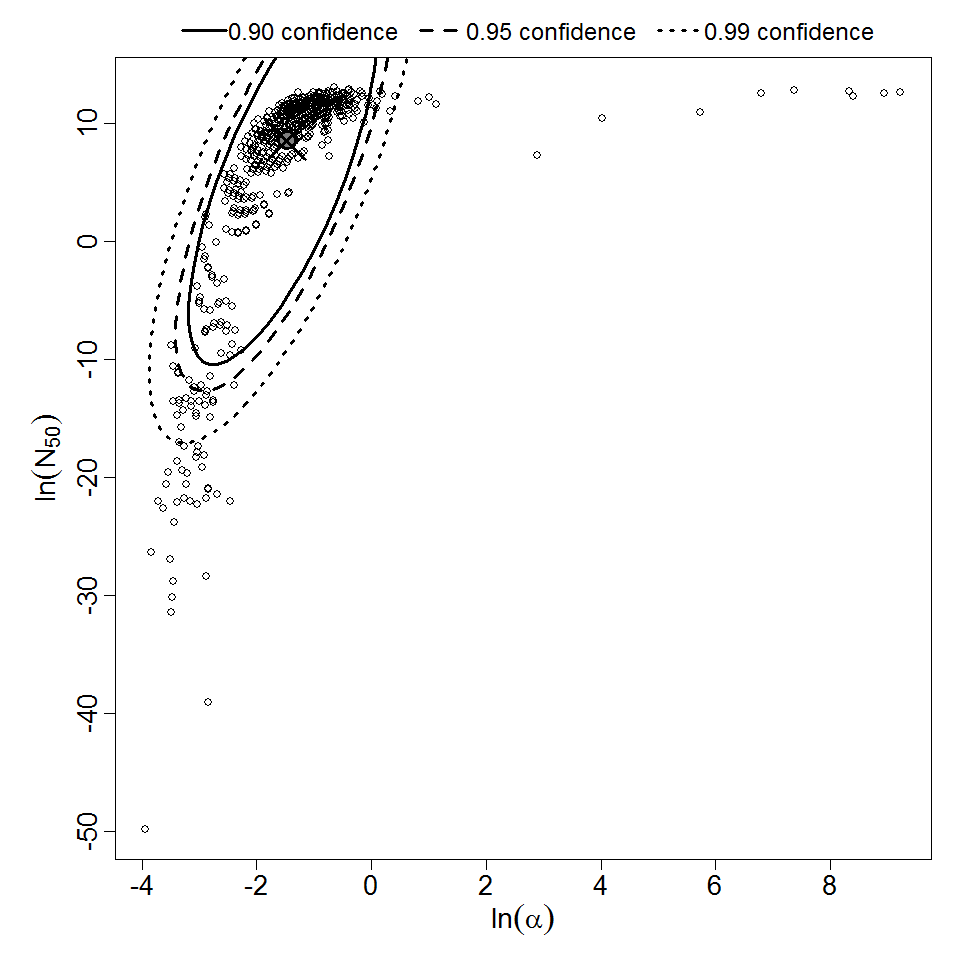General Overview
Salmonella, a genus of rod-shaped, gram-negative, non-spore forming, and predominantly motile enterobacteria, causes more than 104 cases of infections per year in United States. Salmonellosis is an important medical problem, as well as infection with non-typhi Salmonella which often causes mild self-limited illness, Severe sequelae including death may occur, particularly in immunocompromised hosts. It has been reported that the incidence of salmonellosis is higher in developing countries, where food handlers may be a reservoir for further transmission of infection.
Salmonella anatum is a common cause of salmonellosis, an important infectious disease in humans and animals. Additionally, unpasteurized fruit juices have been associated with outbreaks of gastrointestinal diseases caused by infection with Salmonella anatum.
Summary Data
McCullough, N. B. and C. W. Elsele (1951) inoculated human volunteers orally with the Salmonella anatum strain I,II and III.
Recommended Model
The pooled model of experiment number 232 and 233 is the recommended model as more data points in the model result into improvement in fits.

| ID | Exposure Route | # of Doses | Agent Strain | Dose Units | Host type | Μodel | LD50/ID50 | Optimized parameters | Response type | Reference |
|---|---|---|---|---|---|---|---|---|---|---|
| 232 | oral (with eggnog) | 8.00 | strain I | CFU | human | beta-Poisson | 4.44E+04 | a = 2.91E-01 N50 = 4.44E+04 | positive stool culture |
McCullough, N. ., & Elsele, C. . (1951). Experimental Human Salmonellosis: I. Pathogenicity of Strains of Salmonella Meleagridis and Salmonella Anatum Obtained from Spray-Dried Whole Egg. Oxford Journal of Infectious Diseases, 88(3). https://doi.org/https://doi.org/10.1093/infdis/88.3.278 |
| 232, 233 | oral (with eggnog) | 16.00 | strain I | CFU | human | beta-Poisson | 3.71E+04 | a = 3.18E-01 N50 = 3.71E+04 | positive stool culture |
McCullough, N. ., & Elsele, C. . (1951). Experimental Human Salmonellosis: I. Pathogenicity of Strains of Salmonella Meleagridis and Salmonella Anatum Obtained from Spray-Dried Whole Egg. Oxford Journal of Infectious Diseases, 88(3). https://doi.org/https://doi.org/10.1093/infdis/88.3.278 |
| 233 | oral (with eggnog) | 8.00 | strain II | CFU | human | beta-Poisson | 4.91E+03 | a = 2.3E-01 N50 = 4.91E+03 | positive stool culture |
McCullough, N. ., & Elsele, C. . (1951). Experimental Human Salmonellosis: I. Pathogenicity of Strains of Salmonella Meleagridis and Salmonella Anatum Obtained from Spray-Dried Whole Egg. Oxford Journal of Infectious Diseases, 88(3). https://doi.org/https://doi.org/10.1093/infdis/88.3.278 |
|
|
||||||||||||||||||||||
|
||||||||||||||||||||||||||||||

Parameter scatter plot for beta Poisson model ellipses signify the 0.9, 0.95 and 0.99 confidence of the parameters.

beta Poisson model plot, with confidence bounds around optimized model
|
|
||||||||||||||||||||||
|
||||||||||||||||||||||||||||||

Parameter scatter plot for beta Poisson model ellipses signify the 0.9, 0.95 and 0.99 confidence of the parameters.

beta Poisson model plot, with confidence bounds around optimized model
|
|
||||||||||||||||||||||
|
||||||||||||||||||||||||||||||

Parameter scatter plot for beta Poisson model ellipses signify the 0.9, 0.95 and 0.99 confidence of the parameters.

beta Poisson model plot, with confidence bounds around optimized model